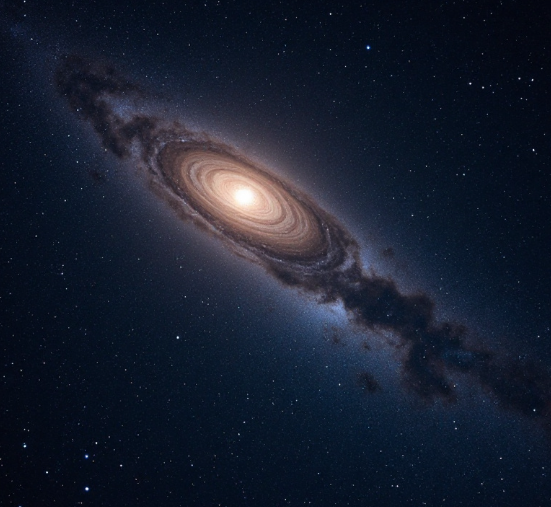A Cosmic Time Capsule: 3I-ATLAS Reshapes Our View of Interstellar Visitors
Discover how 3I/ATLAS-an ancient, high-speed interstellar comet-revives questions about cosmic origins and what it reveals about planetary systems beyond our own.
When 3I/ATLAS burst into view in July 2025, scientists were instantly captivated by its extraordinary origin and properties. This is more than another comet-its a rare messenger carrying secrets from a distant era of the galaxy.
Unmatched Age and Journey
This interstellar wanderer is believed to be significantly older than our solar system-potentially exceeding 7 billion years in age-making it one of the universes oldest known fragments traversing our cosmic neighborhood.
Its hyperbolic trajectory, with orbital eccentricity well above 6, underscores that its path is not gravitationally bound to our Sun, confirming its true.
Cometary Activity from Afar
Remarkably, the object shows comet-like behavior even at great distances-at about 3.5 AU from the Sun-exhibiting active water sublimation that was detected via UV signals from the Swift Observatory.
Its coma reveals streams of OH emissions that correspond to a water production rate equating to a small cars mass every few minutes, and an active area covering over 20% of its surface-far higher than what's usual for solar system comets.
Size, Glowing Dust, and Speed
Observations with high-powered telescopes-like Hubble and Gemini North-suggest 3I/ATLAS is sizable (hundreds of meters to several kilometers across), shrouded in a teardrop-shaped dust cocoon, and moving at staggering velocity-reportedly topping 130,000 mph (approximately 210,000 km/h).
At perihelion-its closest approach to the Sun expected around late October 2025-the speed may reach ~68 km/s.
Windows of Observation
3I/ATLAS will reach its perihelion near 1.38 AU (around October 29, 2025), just inside Mars orbit.
After that, visibility will drop near the Sun, but the object is expected to emerge again in early December 2025-offering another chance for ground-based telescopes to study its evolution.
A Natural Visitor-Or Something Else?
By consensus, astronomers regard it as a natural cometary object, albeit an extraordinary one. Still, provocative speculation hasnt been absent: some researchers have suggested that 3I/ATLAS may even be an artificial entity-an alien probe on a deliberate path-given its brightness, orbital alignment, and peculiar glow structure. That said, these ideas remain highly speculative and are not widely accepted.
What Lies Ahead
In the coming months, observatories like the James Webb Space Telescope, Swift, Hubble, and others will continue monitoring 3I/ATLAS. Each observation helps us decipher its makeup, structure, and origin-illuminating not only 3I/ATLAS itself but also the broader population of interstellar visitors and what they can teach us about distant cosmic environments.
A Cosmic Time Capsule: 3I-ATLAS Reshapes Our View of Interstellar Visitors
